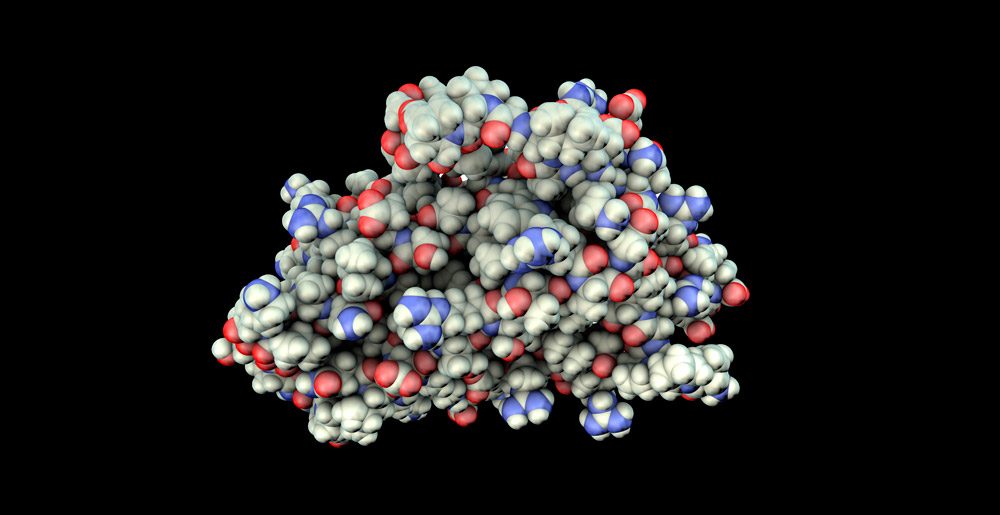Mystery solved: For a long time it was unclear where in our body the blood-forming hormone erythropoietin is produced – now researchers have discovered the cellular epo factories. These are specialized cells in the kidneys that become active when there is a lack of oxygen and then release Epo. Similar to the insulin-producing beta cells of the pancreas, these “norn” cells form a completely new type of cell, as the team reports in “Nature Medicine”. Their discovery now opens up new possibilities for medicine.
Also known as a doping agent, erythropoietin (Epo) is an indispensable regulator for our blood formation and the oxygen uptake of our cells and tissues. It is released when there is a lack of oxygen and stimulates the formation of red blood cells in the bone marrow. It also acts as a tissue-protecting messenger. It has long been suspected that the main source of erythropoietin is in the kidneys.
But where and by which cells the erythropoietin is produced there was unknown. “One possibility is that erythropoietin is only produced by specialized cells – similar to insulin in the beta cells of the pancreas,” explain Bjørt Kragesteen from the Weizmann Institute of Science in Israel and his colleagues. However, it would also be conceivable that different cells release the epo when needed and only for a short time – this could also explain why the source has not yet been found.
“Suspicious” cell group in the kidneys
Now, for the first time, Kragesteen and his team have identified the body’s erythropoietin factories. For their study, they used fluorescence staining to mark various kidney cell types in mice and determined which became unusually active when there was a lack of oxygen. Then they analyzed the gene activity of these cells and looked for messenger RNA, which is produced when the genes important for Epo are read.
In fact, they found what they were looking for: the researchers discovered a small group of cells in the connective tissue supporting structure of the kidneys that became active in the event of an acute lack of oxygen. The production of erythropoietin could be directly demonstrated in some of these cells, dubbed “norn”. “Epo production in Norn cells increases sharply and quickly decreases again. This is the main reason why identifying these cells was so difficult,” explains senior author Roland Wenger from the University of Zurich.
Norn cells identified as Epo producers
But do these norn cells also exist in humans? To check this, the researchers next examined tissue samples from human kidneys, including those from kidney tumors and from a patient who had died of carbon monoxide poisoning. Their cells therefore suffered from an acute lack of oxygen. The result: Human cells also have cells whose gene activity corresponds to that of norn cells and which release Epo when required.
“Our results thus identify the Norn cells as producers of Epo – a specialized, clearly definable and self-contained cell type,” report Kragesteen and his colleagues. It is now clear that the blood-forming hormone erythropoietin is produced by a very specific cell type that is only located in a specific region of the kidneys – similar to insulin only by the beta cells in the pancreas. The Epo-producing norn cells only become active when we suffer from acute and severe oxygen starvation.
Important breakthrough for medicine
“The discovery of a new cell type is not an everyday occurrence,” says Wenger. A good 50 years ago, the discovery of insulin-producing beta cells revolutionized diabetes research and made new therapies possible. Similarly, the discovery of Norn cells could now help people with severe anemia and other disorders of erythropoietin production.
“The Norn cells can lay the foundation for the development of new therapies. Their identification now offers the opportunity to develop techniques that stimulate these cells to produce more Epo,” explains Wenger. “ This can improve the erythrocyte count and quality of life of patients without having to administer artificial Epo.” (Nature Medicine, 2023; two: 10.1038/s41591-023-02314-7)
Source: University of Zurich
2023-05-02 00:04:45
#Epo #producers #identified #body


